Introduction About Bunny Templates Outlines
As a teacher with more than a decade of classroom experience, I’ve watched countless students freeze at the blank page. I recall one morning when a fifth grader named Maya whispered, “I don’t know how to start.” That moment inspired me to build a simple tool: Bunny Templates Outlines — a friendly step‑by‑step guide to help people hop over the hardest part of planning. Over time, students became more confident, organized, and less stressed. In this post (in simple English), you’ll discover what Bunny Templates & Outlines are, why they are important, and three actionable tips you can implement today to make planning go faster and be clearer.
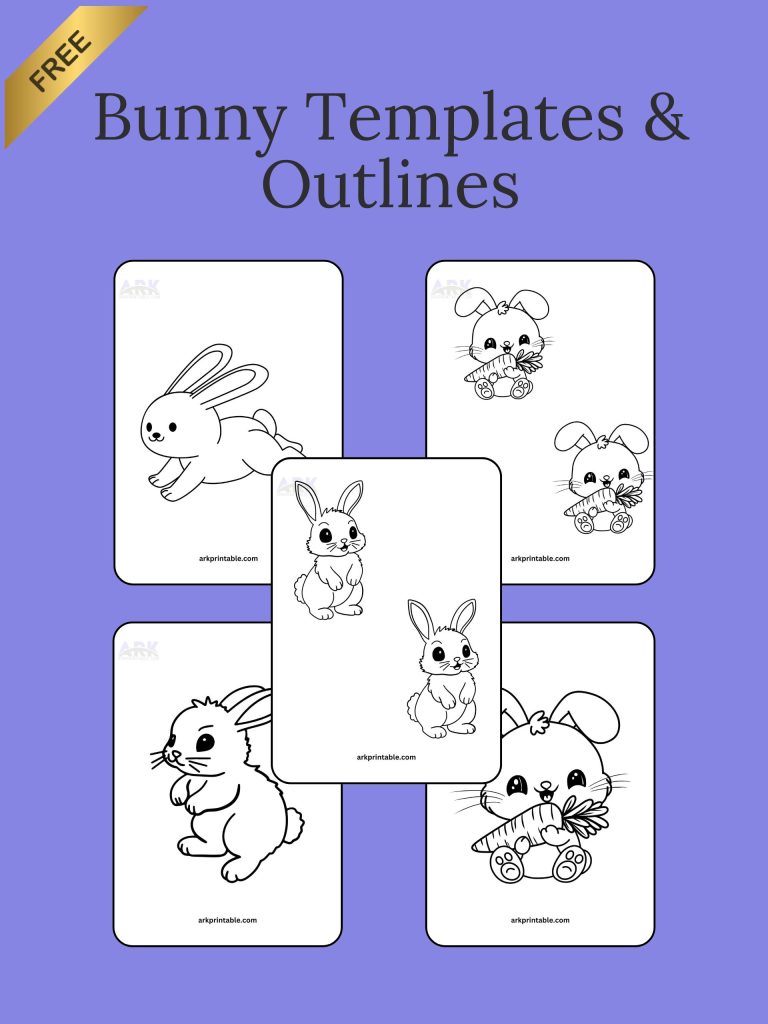
Table of Contents
What Are Bunny Templates Outlines?
The Bunny Template is a straightforward, fill‑in‑the‑blank structure. A Bunny Outline Lists Headings That Point to Potential Ideas Imagine a bunny hopping from one step to the next: each hop is a piece of your plan. On paper, a whiteboard, or a digital document (Google Docs, Word, Evernote), Bunny Templates divide any task into:
A clear title or goal
Key points or steps
Supporting details for each point
A conclusion or next action
Example: Basic Essay Outline
Importance of Bunny Templates Outlines
Research demonstrates that organizing before writing enhances clarity, minimizes errors and decreases editing.” For students, it transforms writing from overwhelming to manageable. For grown-ups, it hastens and clarifies reports, emails and projects.
Tips on Using Bunny Templates for Special Needs Students
ADHD or learning difference students feel focused and confident when tasks are chunked into manageable, bite-sized pieces.
29 Real‑Life Examples Outside the Classroom
One parent organized a family outing using a Bunny Template—it cut down on packing headaches.
A manager used one to summarize a project proposal, which was swiftly approved.
Never Glitch In Lesson Design: Bunny Templates
Educate yourselves!
Can you clarify the difference between read and write operations in DBMS?
Show examples in the classroom
Tips for Supporting Bunny Templates at Home
Review your child’s outline before homework
Using different colored pens or stickers
Focus on progress, not perfection
How to Evaluate Success
Quest: Did tasks take less time? Is work clearer? Does it give the participants more confidence? Weekly monitor results and adapt the templates.
More Frequently Asked Questions
Q6: May I post Bunny Templates online?
A: Yes — email, cloud drives, or learning platforms.
Q7: What age is suitable?
A: All the ages, from kindergarten to adulthood.
Q8: Is it possible to copy Bunny Templates in mind maps?
A: Definitely—brainstorm with mind maps, then organize with a Bunny Outline.
Your Next Challenge: Make a Bunny Template in 5 Minutes
Set a timer for five minutes. Pick one task today. The name of the Bunny Template. Share it with someone to hold you accountable.
What Bunny Templates & Outlines Are
Simply put, Bunny Templates & Outlines are structured guides that deconstruct any task into bite‑sized hops. Treat each section like a hop in a rabbit’s path — crisp, clear and easy to follow. Whether you use paper to fill out a template, a digital document in Google Docs, or even do a simple sketch on a whiteboard, this structure holds true:
Purpose or Title: What do you want to do?
Key Steps: List three to five significant points or actions.
Supporting Details (1 to 3 under each main step)
Final Thought/Action Step: End it with a solid conclusion or end action.
With a scaffolded approach, Bunny Templates & Outlines reduce cognitive load, increase confidence, and decrease time spent planning —in short, perfect for learners of all ages!
5 Questions Answered About Bunny Templates & Outlines
Created in a Fifth‑Grade Whisper
It started in my 10th year of teaching, inspired by a whispered plea from a student named Maya — “I don’t know how to start.” What started as a simple sketch on the back of an assignment became a classroom hit, which now assists thousands of learners across the globe.
Rooted in Cognitive Science
Task segmentation research demonstrates that this approach reduces cognitive load and frees working memory resources. It is precisely this principle that Bunny Templates Outlines exploit, transforming something daunting and possibly even exhausting (yes, putting everything together will most likely cost you a bit of batteries) into a series of simple hops.
SPY Agnostic Across Age and Occupation
Although meant for elementary writers, teachers and students, these templates aren’t just for the classroom. Whether it’s CEOs formatting quarterly reports, parents plotting family vacations, Bunny Templates are designed for anyone looking to structure some thoughts in a hurry.
Quicker Than Mind Maps & Flow Charts
Comparative studies show linear templates take less than five minutes to create while mind maps and flowcharts take 10+ minutes and additional visual brainstorming. Bunny Templates Outlines for the win every time when speed and clarity is paramount
Confidence Killer Proven by Science
A 2022 study published in the Journal of Educational Psychology found that students who used structured outlines before writing reported a 30 percent boost in writing confidence and a 25 percent reduction in anxiety. That’s quite a hop forward when it comes to self‑esteem!
5 Tips to Get the Most Out of Bunny Templates Outlines
Tip #1: Make a Bunny To-Do List Every Morning
Write every day the first three tasks that do not end up in chaos and Bunny Template. But append estimated time required alongside each step. With this simple routine you will give yourself a segmented roadmap of actions that will increase your productivity and accountability.
Tip #2: Color‑Code to Clear Clutter
Use a different color pen/high-lighting digitall to mark each one (goal — main steps — details — conclusion). This visual cue accelerates the ability to scan your outline and allows your brain to structure the information more efficiently.
Tip #3: Embed in Emails and Reporting
Try a very short Bunny Outline with an introduction, three points, and a conclusion, before sitting down to write an email or report. You’ll cut the editing time in half, and guarantee that each message is purposeful & to the point.
Tip #4: With Group Collaboration in Mind
These can be used in Google Docs or on a shared whiteboard during team meetings to share your Bunny Templates Outlines. Encourage colleagues to enter supporting details under each step. This helps discussions stay on track, come with an action plan and paper trail.
Tip #5: Weekly Iteration and Refinement
Review Bunny Templates for the week at the end of each week to spot patterns: Which tasks were longer than you thought? Which steps caused confusion? So use these insights to tweak your templates for continuous improvement.
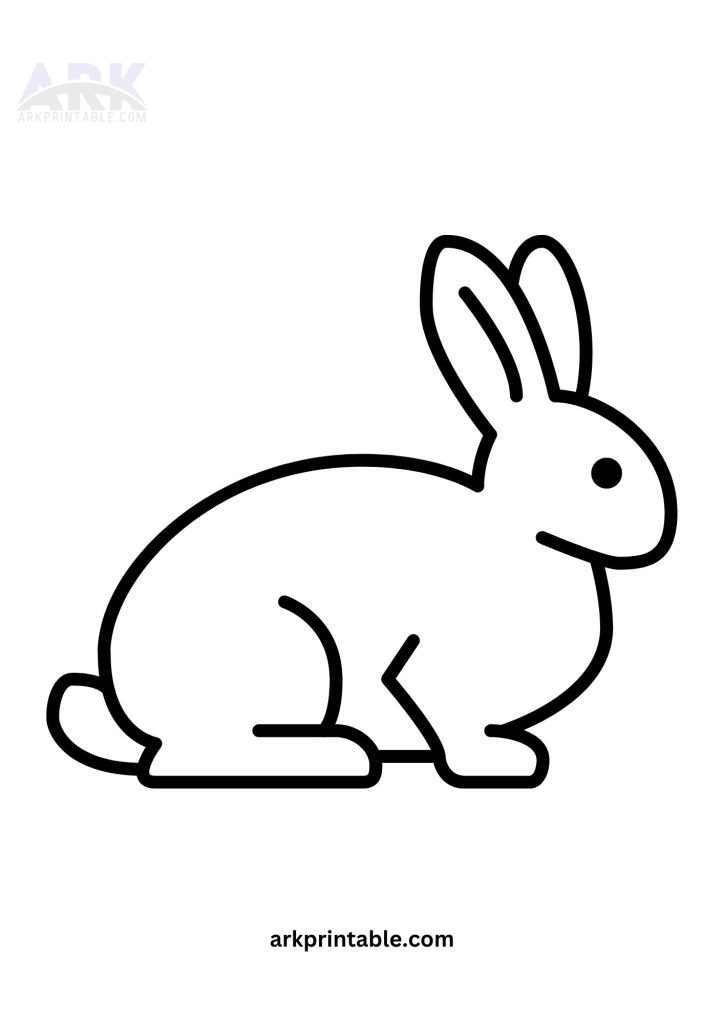
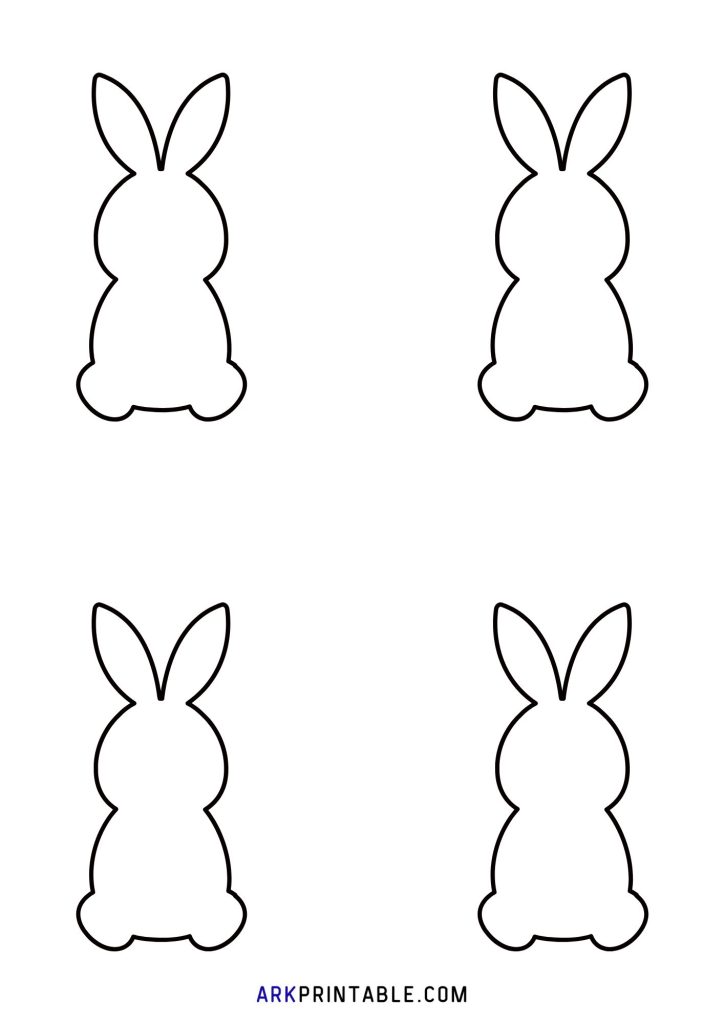
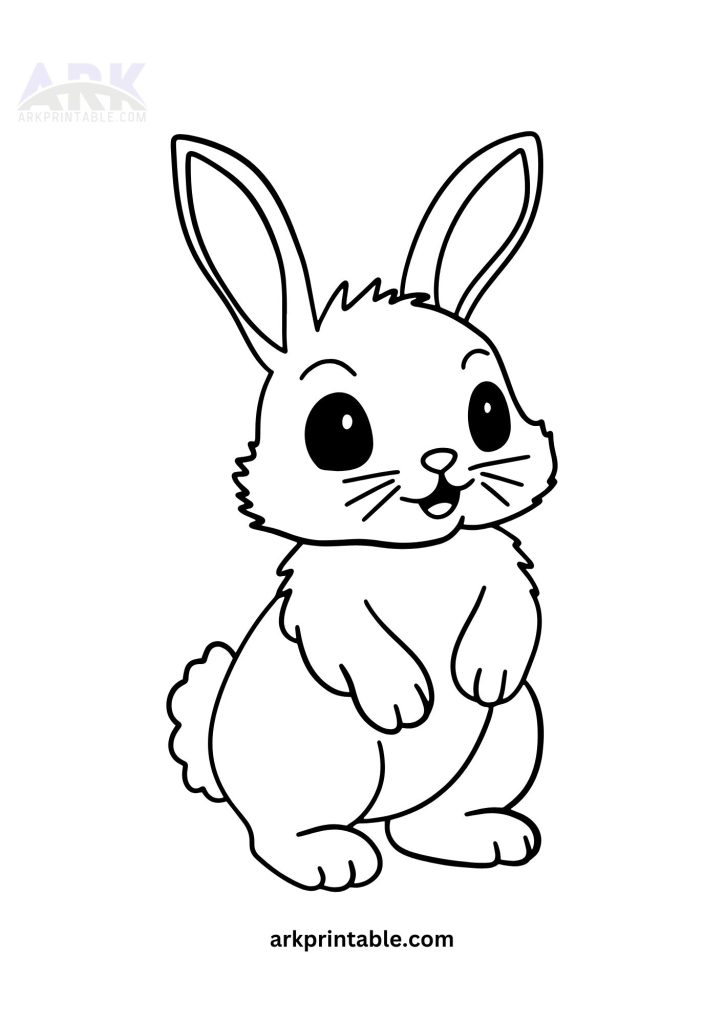
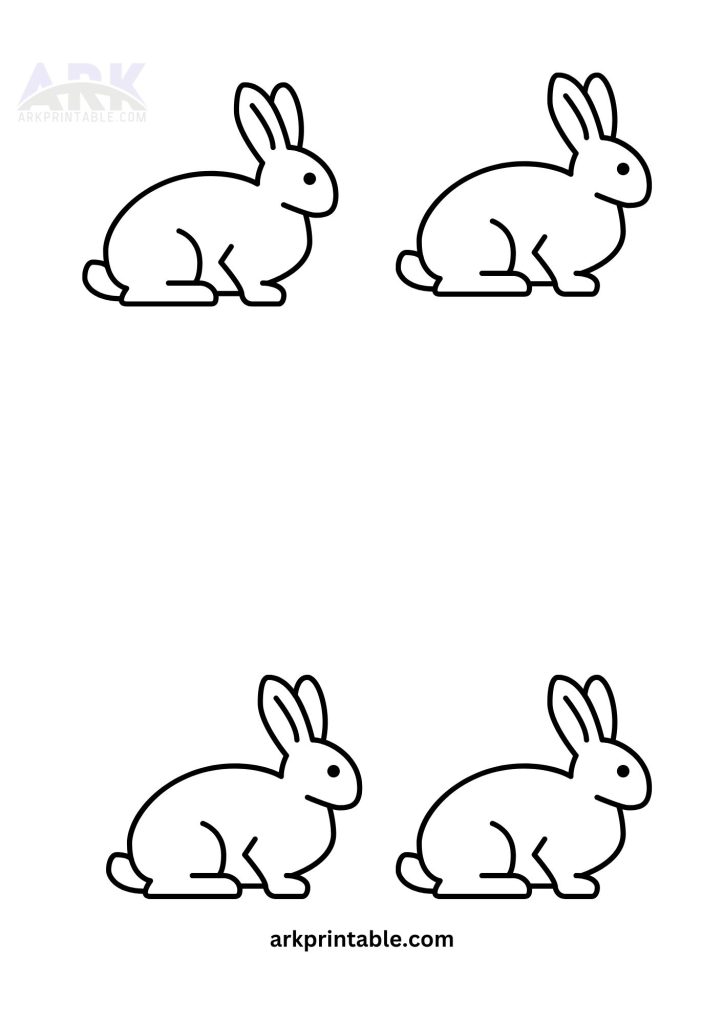
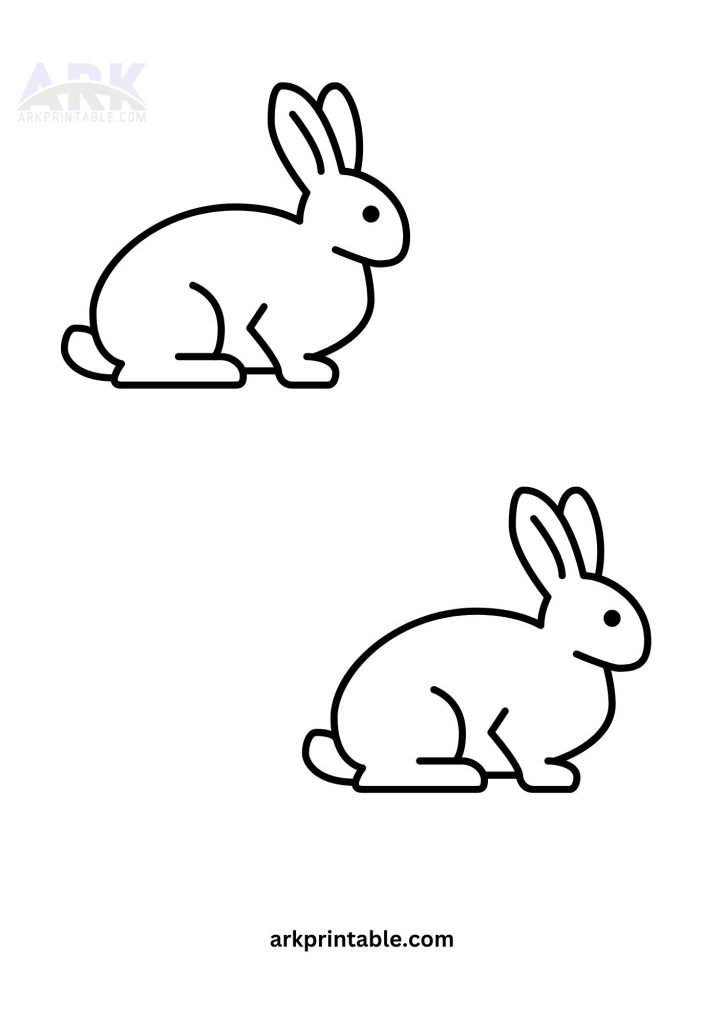
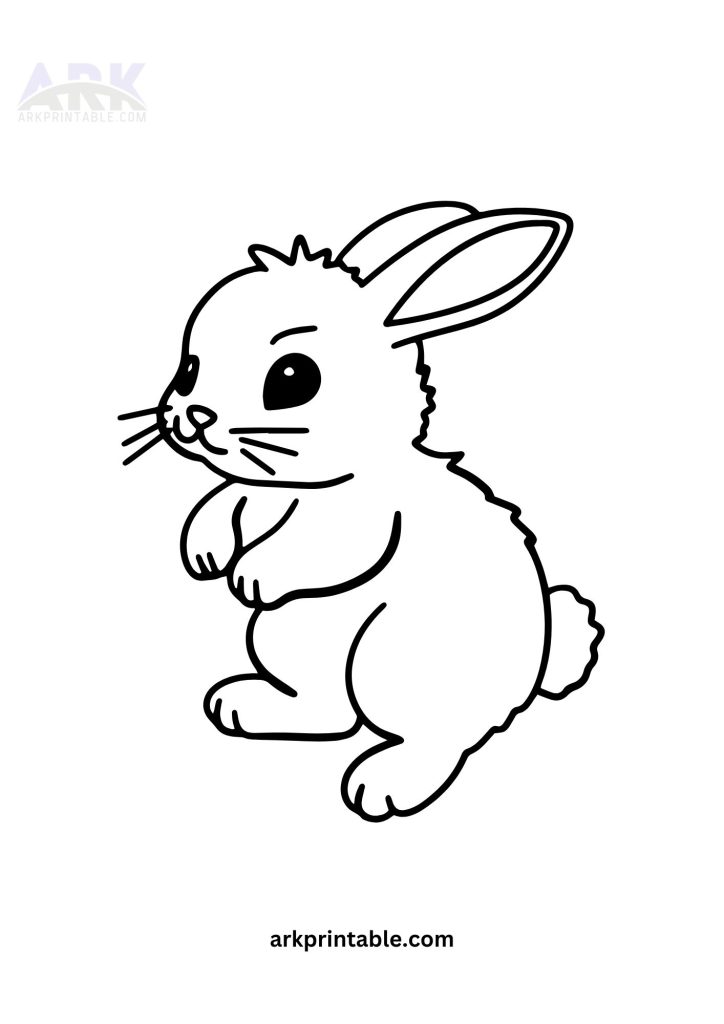
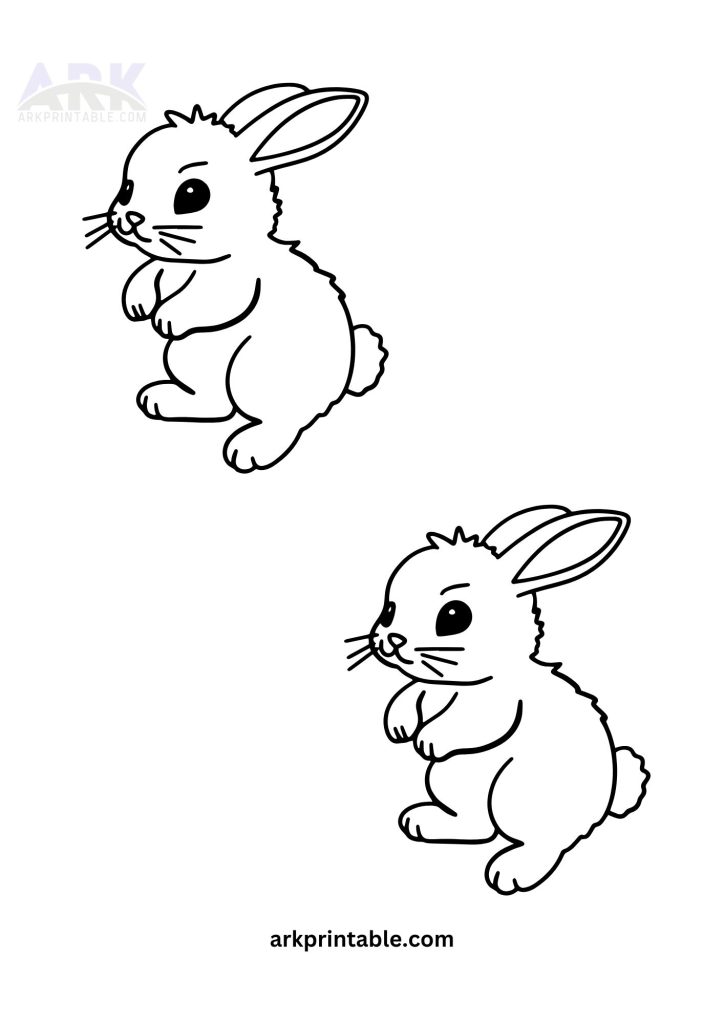
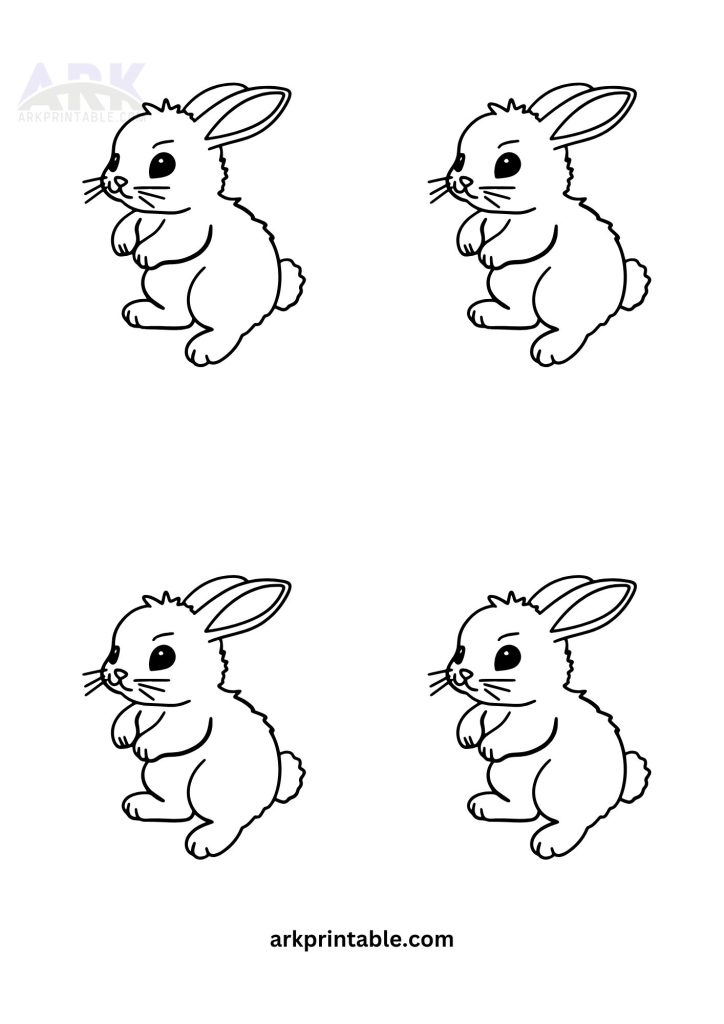
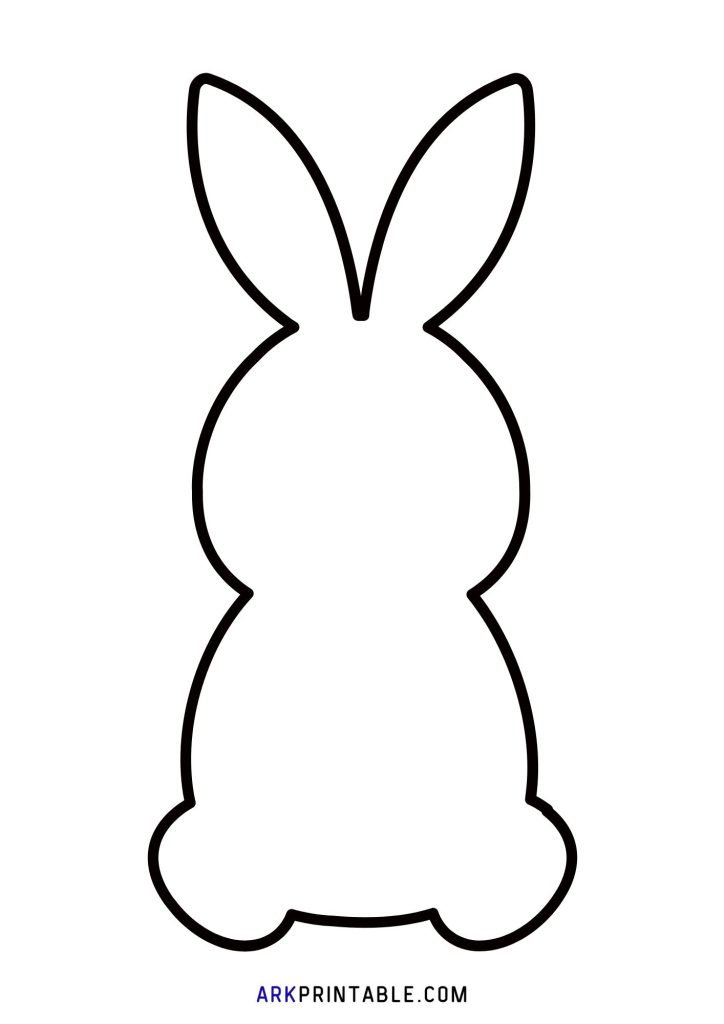
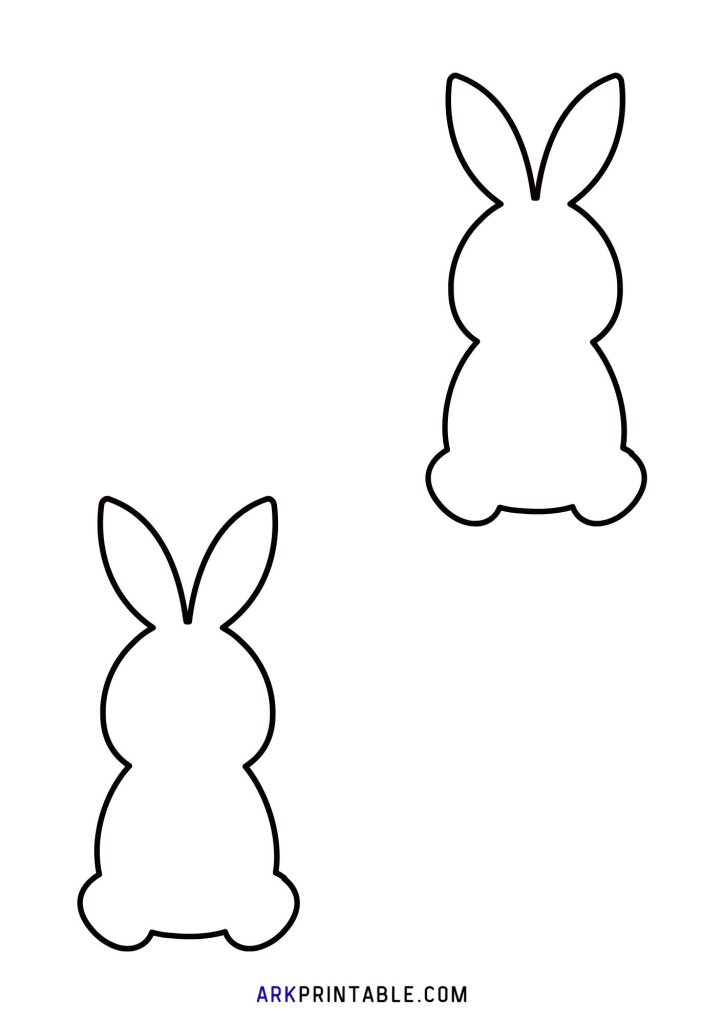
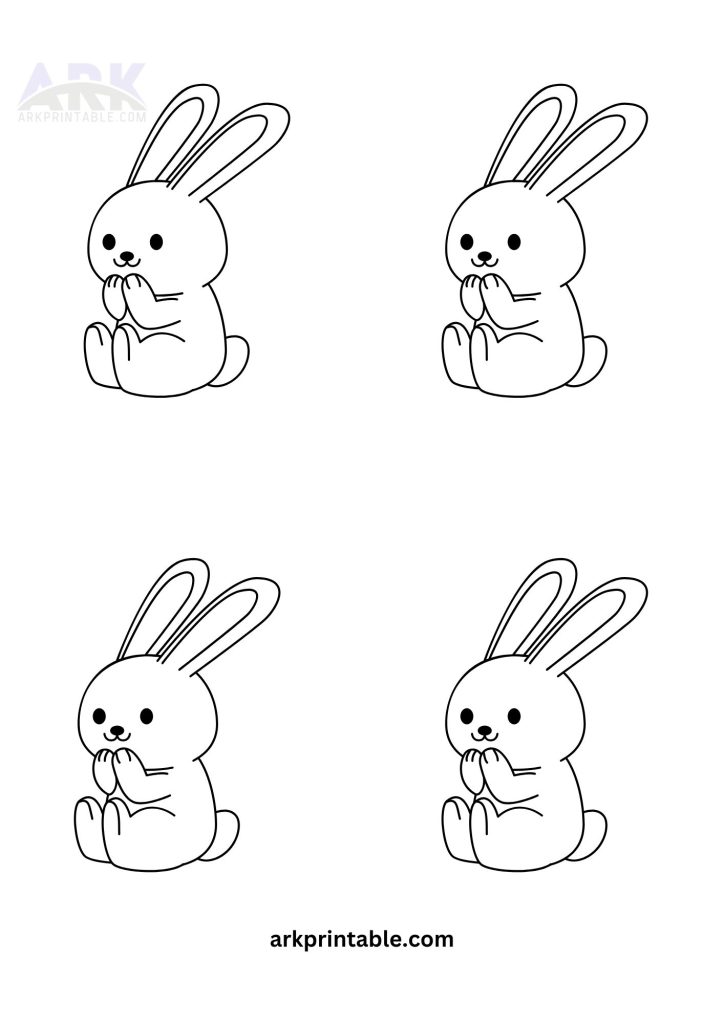
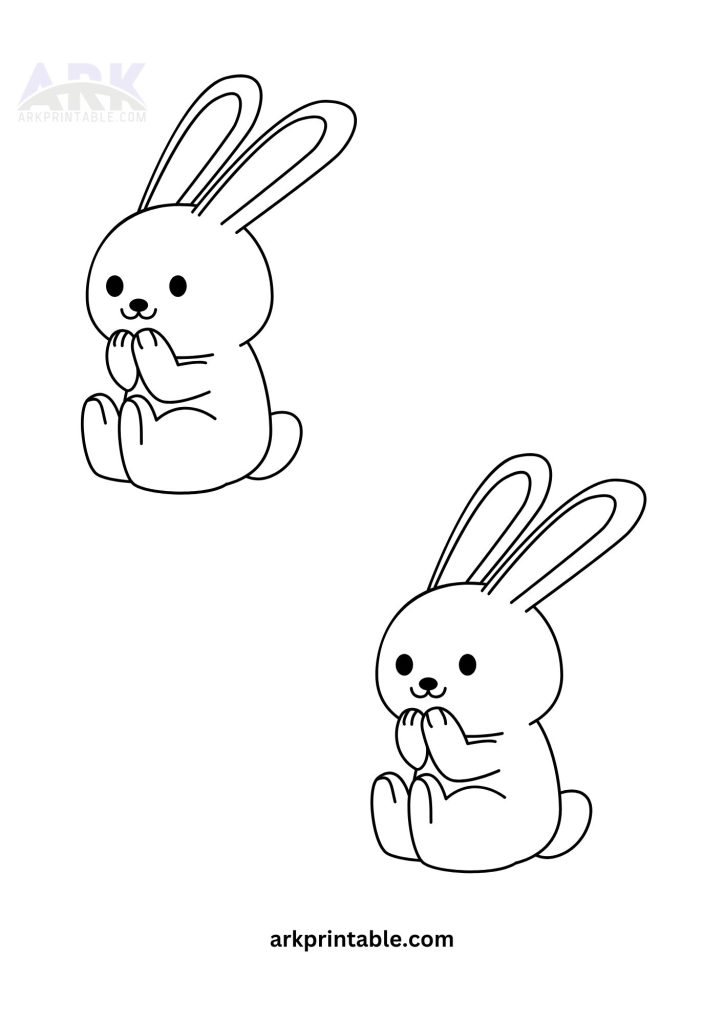
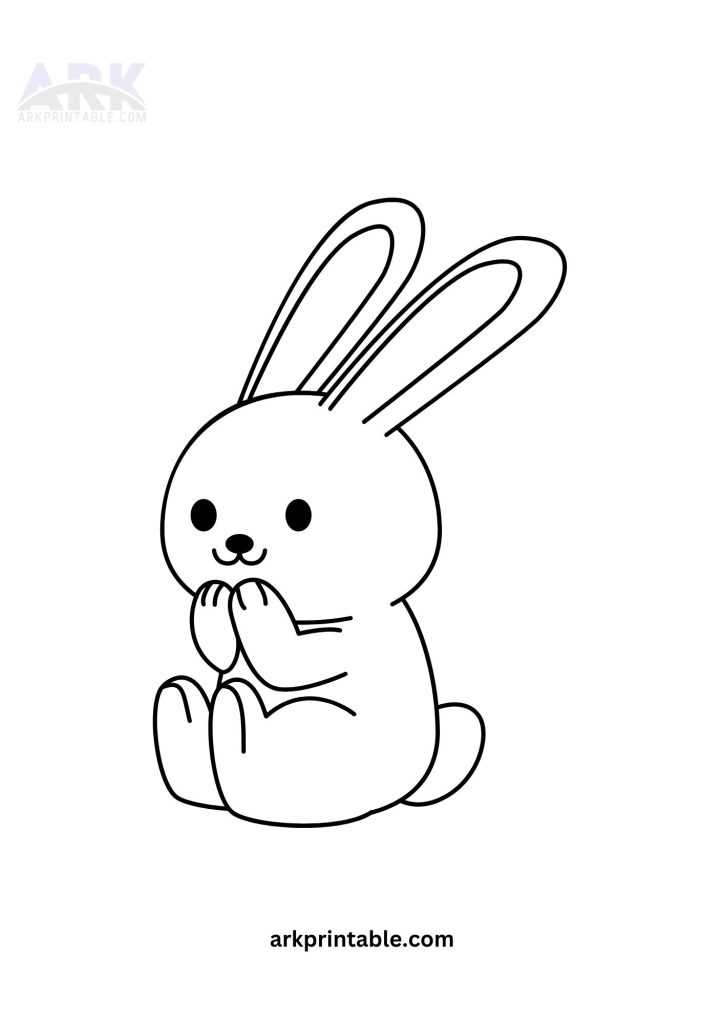
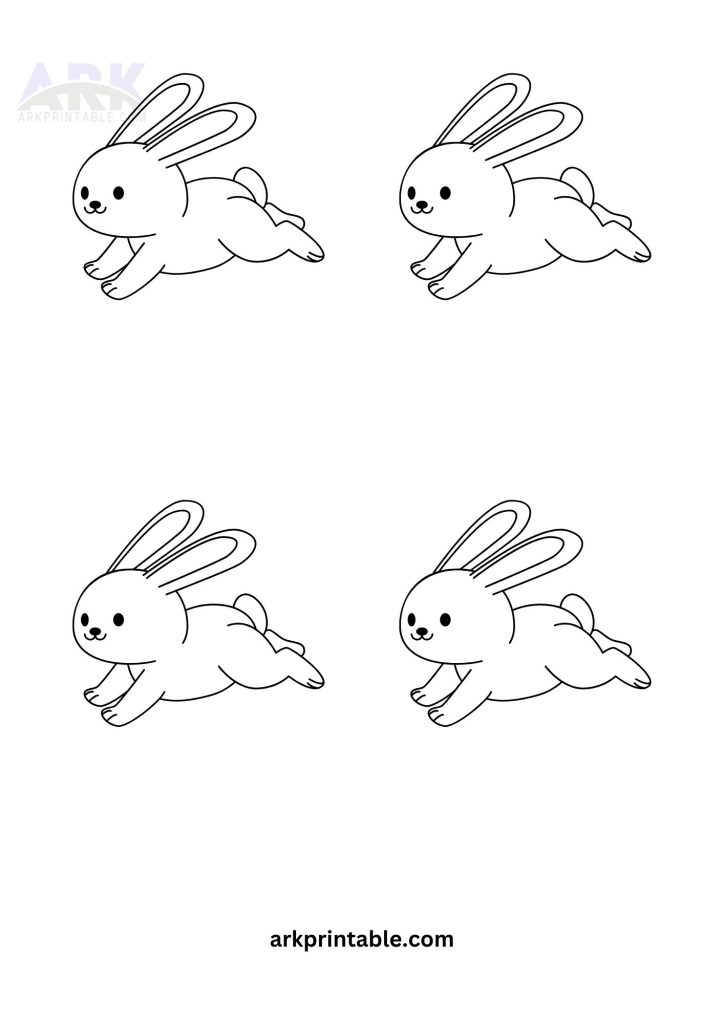
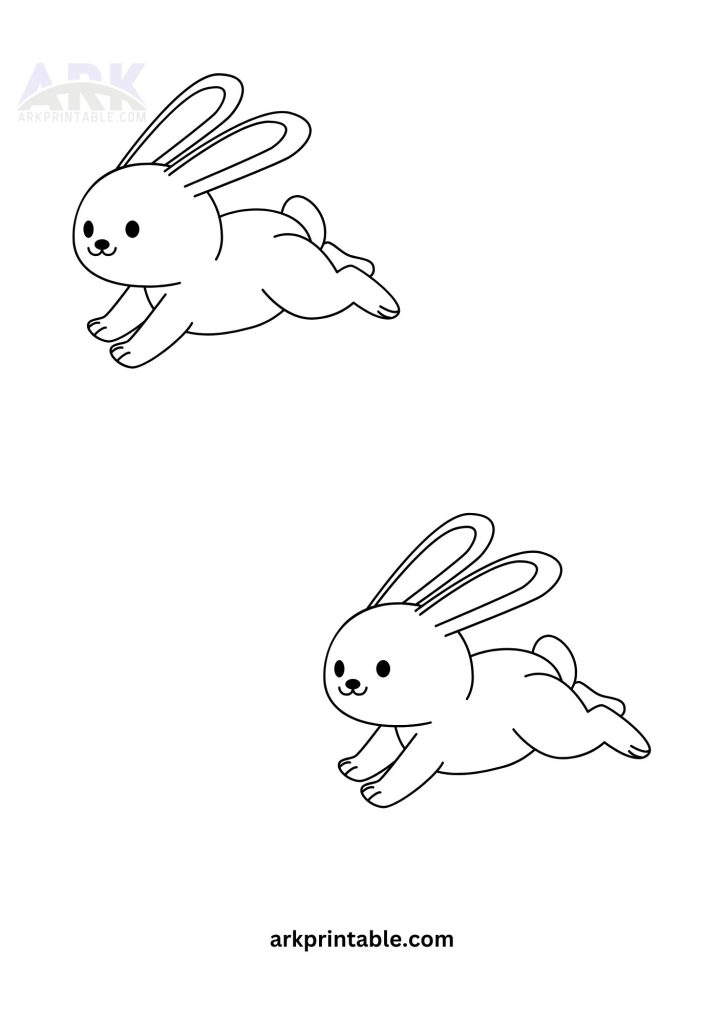
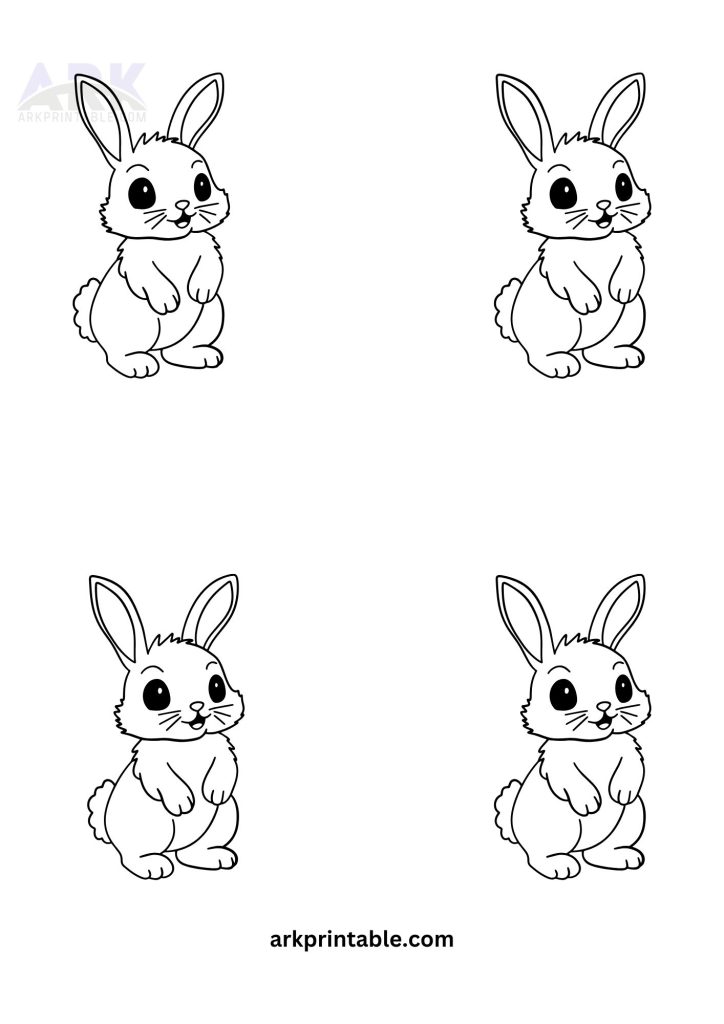
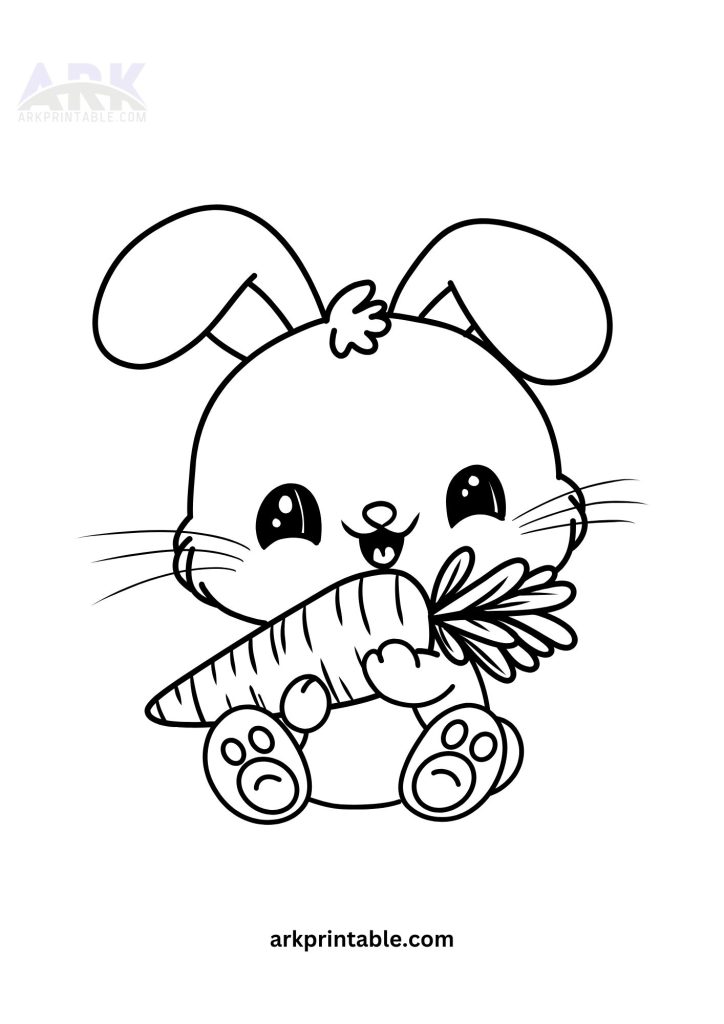
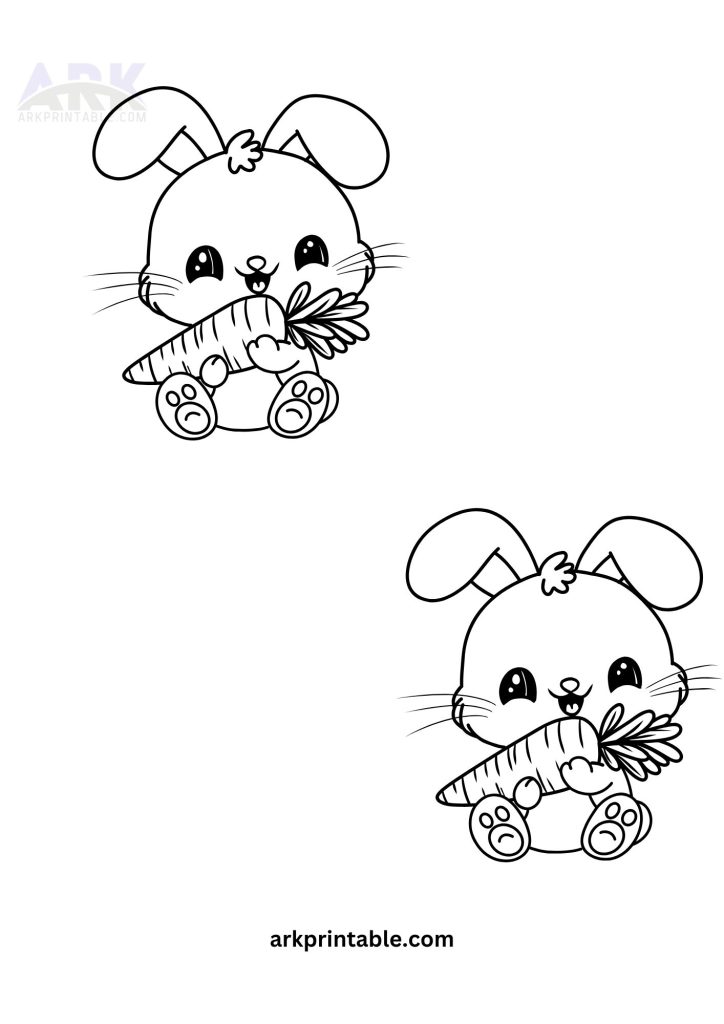
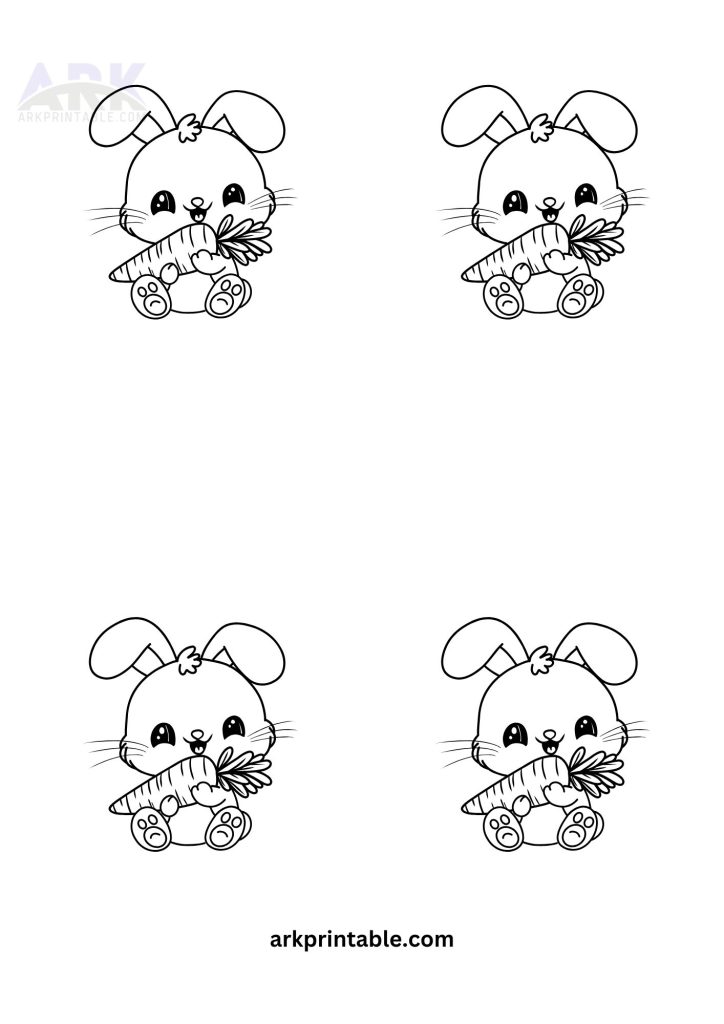
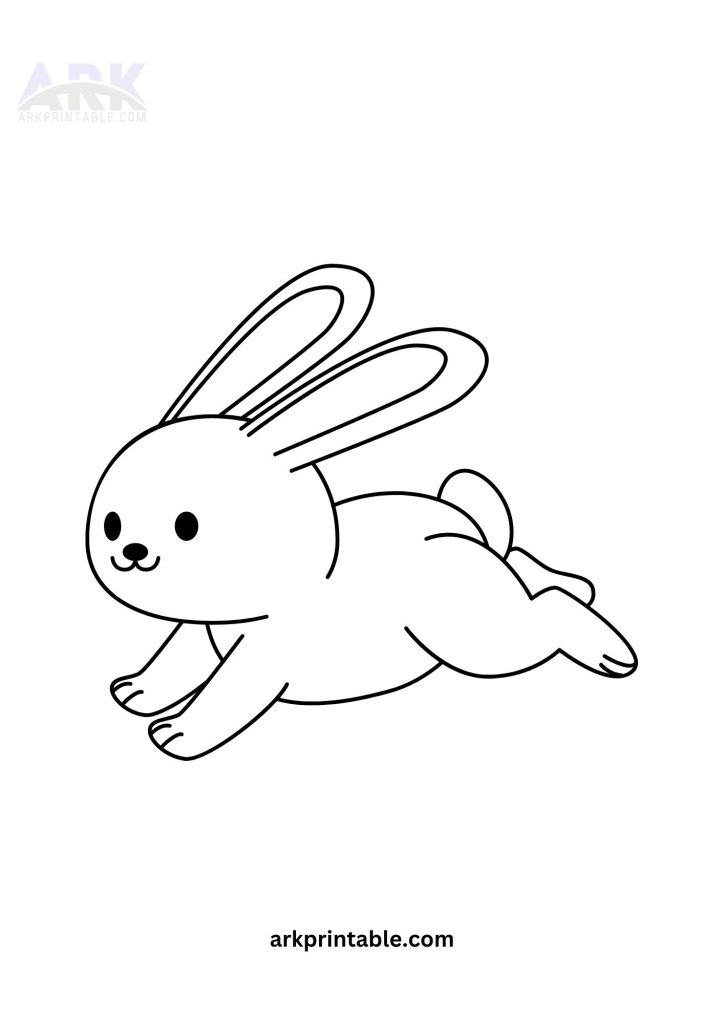
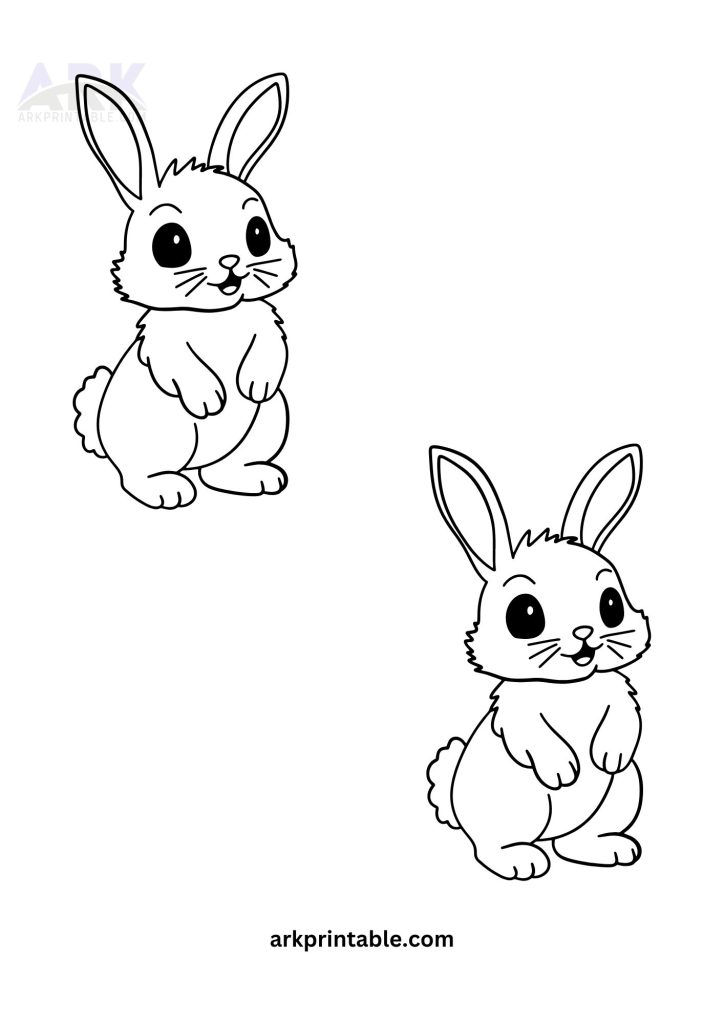
Conclusion
They are simple yet powerful tools to empower students, teachers, parents, and professionals by building confidence, organization, and stress reduction. Use the table of sqash the three practical tips to make planning a quick habit that delivers real results. Start small, stay steady, and soon your productivity will leap ahead. Tell us your experience in the comments and hit subscribe for more teaching tips and planning strategies!
created by canva
